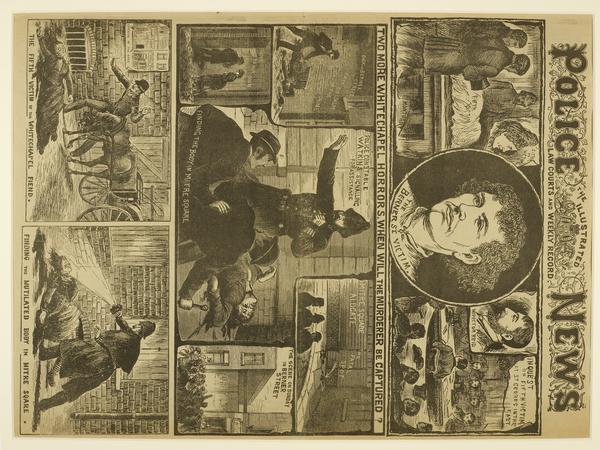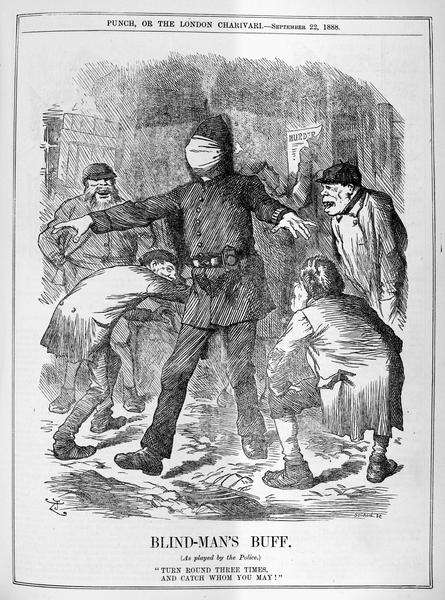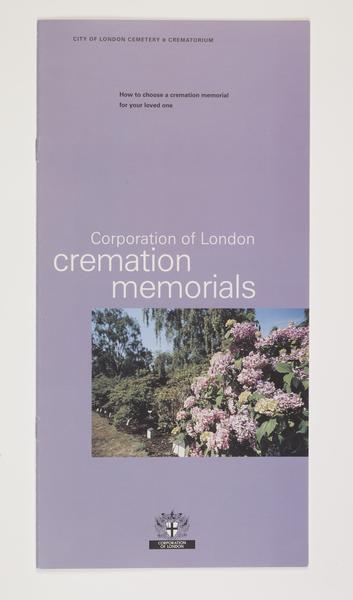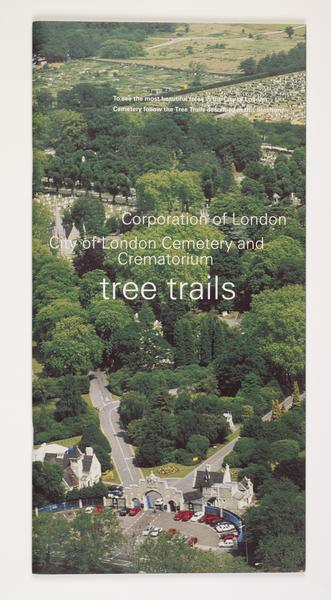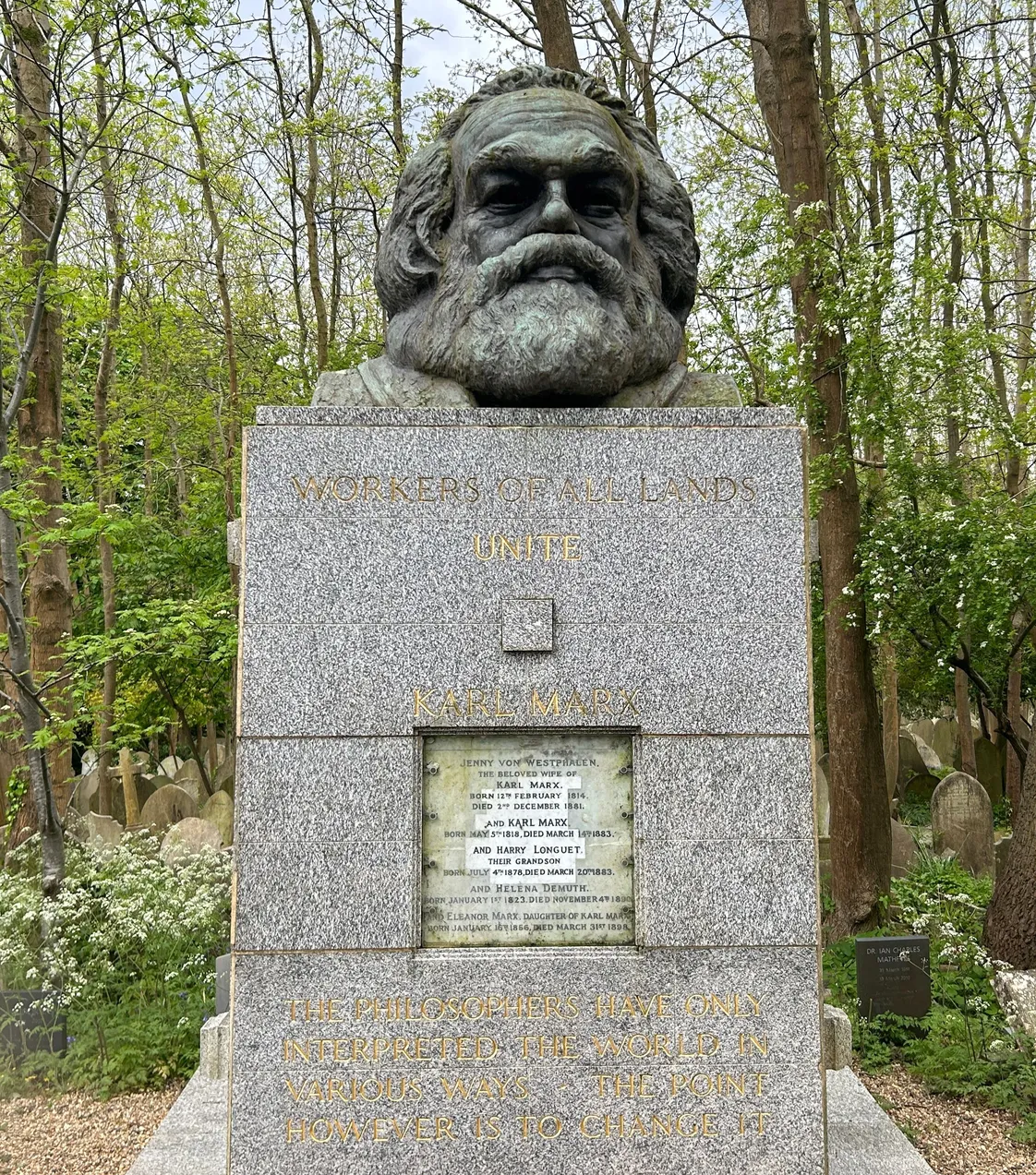City of London Cemetery & Crematorium
Situated in Manor Park in Newham, the City of London Cemetery and Crematorium is a historic, beautifully landscaped space that’s been open since 1856.
Newham
1856

A vast cemetery with a peaceful parkland atmosphere
The City of London Cemetery and Crematorium is one of the largest cemeteries owned by a local city or county in Europe. It’s a resting place for over half a million people and spreads over 800,000 square metres.
The cemetery features a crematorium, chapels, war monuments and even catacombs. The gardens are Grade I-listed, meaning they’re considered particularly historically significant.
It’s also pioneering a system of ‘reusing’ graves to help increase cemetery capacity.
Why was the cemetery built?
The cemetery was built to solve the problem of the City of London’s overcrowded and dangerous church burial sites.
“The City can no longer with safety or propriety be allowed to furnish intramural interment to its dead”
City of London Commission on Sewers, 1849
An 1849 report by the City of London Commission on Sewers noted the “confined and noxious” atmosphere of church graveyards. Churchgoers stood on “an almost solid pile of decomposing human remains”.
“The City can no longer with safety or propriety be allowed to furnish intramural interment to its dead,” it summarised. In other words, no more burying people within the City’s church grounds. It recommended a new cemetery be built – far outside the city.
The new City of London Cemetery was built on land bought from the Manor of Aldersbrook. It was designed by William Haywood, a surveyor and engineer who also worked with Joseph Bazalgette on improving London’s sewer system.

John Le Keux print of the All Hallows by the Tower church graveyard in the City of London, 1837.
Who’s buried in the City of London Cemetery?
There are a number of notable burials and memorials in the City of London Cemetery. They range from politicians, such as Elwyn Jones, to the stars of the stage and screen, such as Anna Neagle.
Catherine Eddowes and Mary Ann Nichols, both victims of the Whitechapel murderer Jack the Ripper, are buried here.
And there’s a plaque marking the cremated remains of footballer Bobby Moore, West Ham United legend and captain of the winning England team of the 1966 World Cup

The Dissenters Chapel designed by William Haywood.
Why does the City of London Cemetery reuse graves?
The cemetery solved the problem of graveyard overcrowding in the 19th century. But today, like many cemeteries across the country, it faces a grave space crisis of its own.
By reusing graves over 75 years old, the cemetery is able to increase its capacity. This usually involves deepening the grave to make space for a second burial on top. Families are asked for consent beforehand and public notices are put up near the graves.


